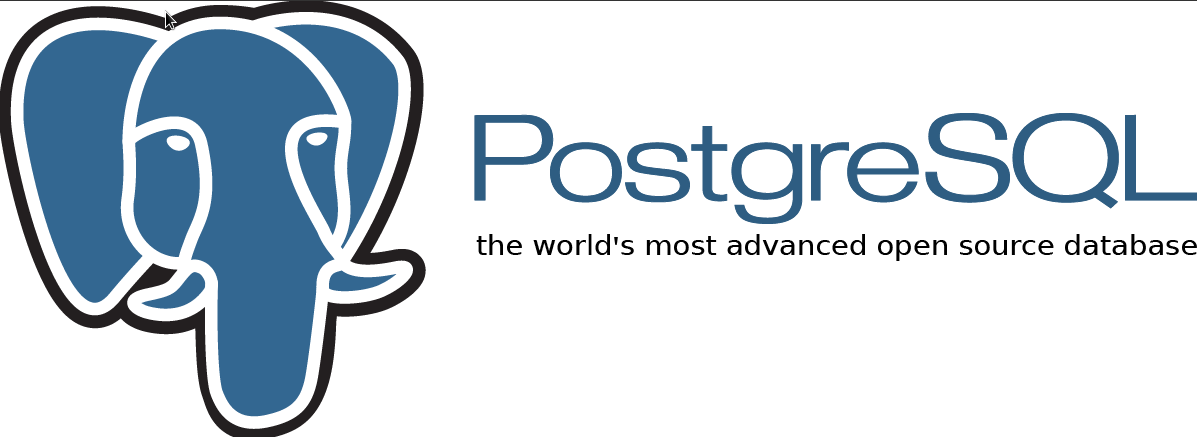
To install PostgreSQL version 12, you must enable that version’s module stream. However, even though version 10 is still maintained, this tutorial will install Postgres version 12, the latest release at the time of this writing. If you want to install that version you could just run sudo dnf install postgresql-server and move on to the next step. The stream that provides Postgres version 10 is the default, as indicated by the following it. You can see in this output that there are three versions of PostgreSQL available from the AppStream repository: 9.6, 10, and 12. Postgresql 12 client, server PostgreSQL server and client module Postgresql 10 client, server PostgreSQL server and client module Outputpostgresql 9.6 client, server PostgreSQL server and client module

List out the available streams for the postgresql module using the dnf command: This is intended to make installing packages and their dependencies more intuitive for users. In DNF, CentOS 8’s default package manager, modules are special collections of RPM packages that together make up a larger application. You can choose between these versions by enabling the appropriate collection of packages and dependencies that align with the version you want to install, with each collection referred to as a module stream. PostgreSQL is available from CentOS 8’s default AppStream software repository, and there are multiple versions which you can install.

To set this up, see our Initial Server Setup guide for CentOS 8. This server should have a non-root user with administrative privileges and a firewall configured with firewalld. To complete this tutorial, you will need a server running CentOS 8.

It’s used by many popular projects, both large and small, is standards-compliant, and has many advanced features like reliable transactions and concurrency without read locks.īy following this guide, you will install the latest version of PostgreSQL on a CentOS 8 server. PostgreSQL, also known as Postgres, is a relational database management system that provides an implementation of Structured Query Language, better known as SQL. They provide a structured way to store, organize, and access information.

Relational database management systems are a key component of many websites and applications.


 0 kommentar(er)
0 kommentar(er)
